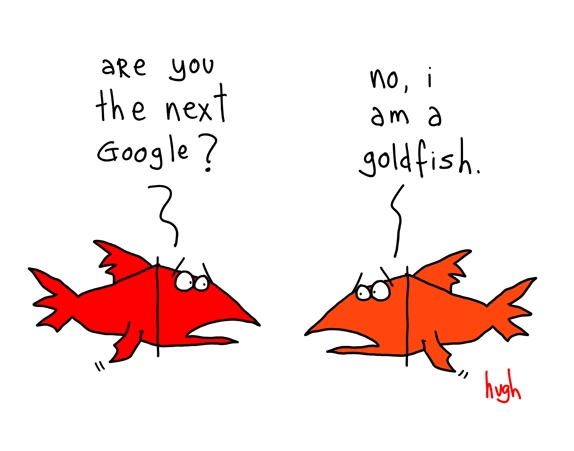Truths, Trends and Trifles in Business Education - A Hacker's Guide
 One of the most important issues we are currently facing as business educators, and certainly in the field of executive education is the ability to separate out the truths from the trends and the trends from the trifles. I am indebted to my partner, Dave Duarte for this elegant distinction between these three lenses. It is well worth reading his blog post on this as it relates to the problematics of Social Media strategies.
Truths
One of the most important issues we are currently facing as business educators, and certainly in the field of executive education is the ability to separate out the truths from the trends and the trends from the trifles. I am indebted to my partner, Dave Duarte for this elegant distinction between these three lenses. It is well worth reading his blog post on this as it relates to the problematics of Social Media strategies.
Truths
 The truth of what it is that you do will have an element which is unchanging. What is is in the nature of your work that is fixed and utterly aligned to your purpose? In my work it is the understanding that for leaders to have impact they need different practices - the ability to manage their energy and attention, working with questions rather than answers, seeing themselves as coaches and resources rather than controllers. This is the "why" of the work that I do. It is useful to spend an inordinate amount of time to really get to the nub of your why. In going slow to go fast here you really do create a landscape that you can align emergent trends around.Another way of articulating the "why" is perhaps around the idea of Purpose.
The truth of what it is that you do will have an element which is unchanging. What is is in the nature of your work that is fixed and utterly aligned to your purpose? In my work it is the understanding that for leaders to have impact they need different practices - the ability to manage their energy and attention, working with questions rather than answers, seeing themselves as coaches and resources rather than controllers. This is the "why" of the work that I do. It is useful to spend an inordinate amount of time to really get to the nub of your why. In going slow to go fast here you really do create a landscape that you can align emergent trends around.Another way of articulating the "why" is perhaps around the idea of Purpose.
Trends
Trends, on the other hand, are what are appearing on your horizon that are creating shifts in behaviour and will impact on the work you do. Trends are the "What". A trend is something which you can choose to see and align to your Why. Not every trend will be meaningful to the work that you do but if you can pick two or three things that have impact these are the ones to spend time on crafting alignment and responses. In my world, the trends that impact on what I do are the drive for responsible leadership, the attention economy, information overload, learning on demand, and the upsurgence of collaborative technologies. Understanding the importance of these trends allows me to craft responses that may well be meaningful in my search to help leaders bild practices that help them achieve greater impact - like using Curiosity as a lens to filter the quality of our attention, building a model around Productive Presencing which helps us manage our attention and energy at work, constructing an attention audit to help engage with negative voices in our heads and agility as a leader's toolkit for building practises that help us change course mid direction and encourage the perspectives of others in our decision making. Trends generally have upwards of a 15 year lifespan which means that their impact is significant.
Trifles on the other hand are those fabulously sexy tools which are here today, gone tomorrow. Like Zite, or Foursquare, Ning, Facebook or Twitter. They are the "How" of what it is we do - applications which we can use expediently to get our message across but which we can equally abandon for another platform which might serve us better at a later stage. One of the issues with the age we live in is that we are just too busy to make these distinctions and often risk pouring an enormous amount of energy and capital into trifles rather than the alignment of particular trends with our truths. Overinvesting in a trifle hurts your business and erodes your truth. Often the mistake trendforecasters make is to focus on the trifles whihc three years down the line are gone.
It is my hope that these three lenses will serve you well in your own decisionmaking around what to track and what to use. As a hack, it is really just about remembering what is the Why (Truths), what is your What (Trends) and what is your How (Trifles). In an information-rich world this might well be an important filter.
Happy hacking.
A talk to be given tomorrow at the EFMD Annual Conference in Brussels, Belgium.


